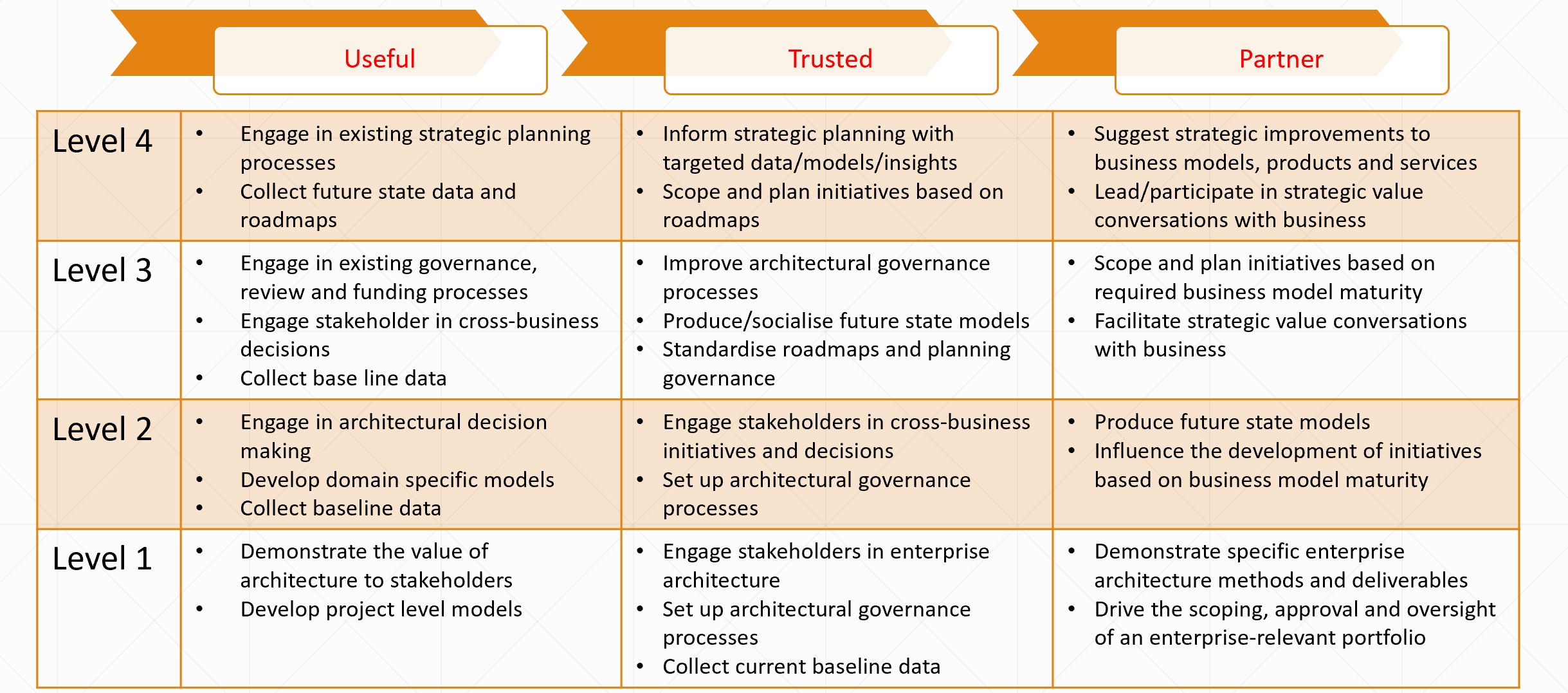CVOID-19 has shown the world how important technology is to not just business but also our personal lives. Learning and working from home is now the norm. Folks have discovered that you can actually be quite effective getting work and learning done, in fact, more so than you imagined. Work life balance is more achievable without the commute to the office. But we have discovered the extent of our IT debt with all those systems that cannot be accessed outside of the office. There are systems that are slow, don’t respond well, or require too many steps to get even the simplest of jobs done.
So, the solution is…let’s throw some more technology and dollars at it and make everything better. Wrong! Lipstick on a pig, is what I call it.
How about taking a deep breath and looking at using COVID-19 to solve the biggest problem we face as IT professionals. Closing the gap between business and IT! Remember the last article. First, park your discipline bigotry by the door and have a think about this wonderful Enterprise Architecture Maturity Model that was put forward by an EA Hero I know – Nick Malik. I am hoping to convince him to publish this model and write about how to use it.

Our goal, as enterprise architects, should eventually be to become Partners with the business where we are invited to be in the room when the business crafts strategy. Whilst you are doing Useful work, you must also be looking at doing work that allows you to build trust and credibility, as this moves you on toward becoming a Partner.
One architecture team will not achieve this. We need to work as one IT team if we are ever to move IT from being a useful provider, to becoming a part of the business team.
A simple question to ask, does your IT leader have a seat at the Board of Management? If your answer is yes, then you have some great potential to move to be a partner. If your answer was no, then tell me what is holding you back, so that I might be able to help you with some advice on how to move through the maturity model outline above.
Leave your thoughts and questions below and I will get back to you.
Don’t forget, we also want to know the subjects that are causing you professional pain. Please email your questions to [email protected], and we’ll select one for a future advice column. The EA Practice Advisor team is here to help!








